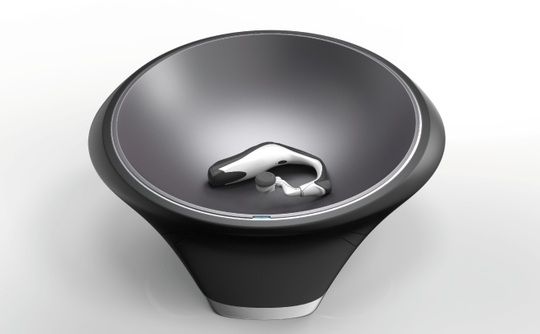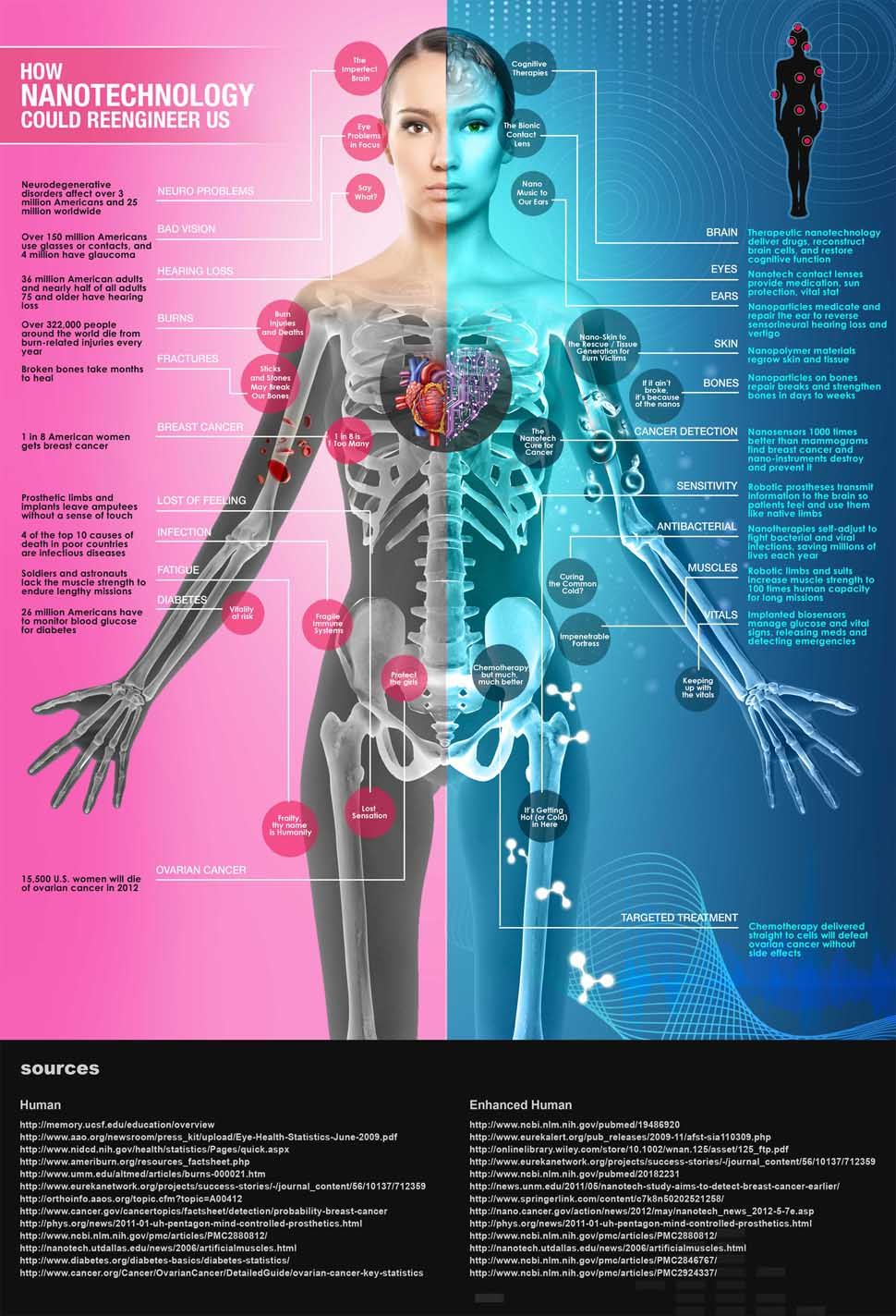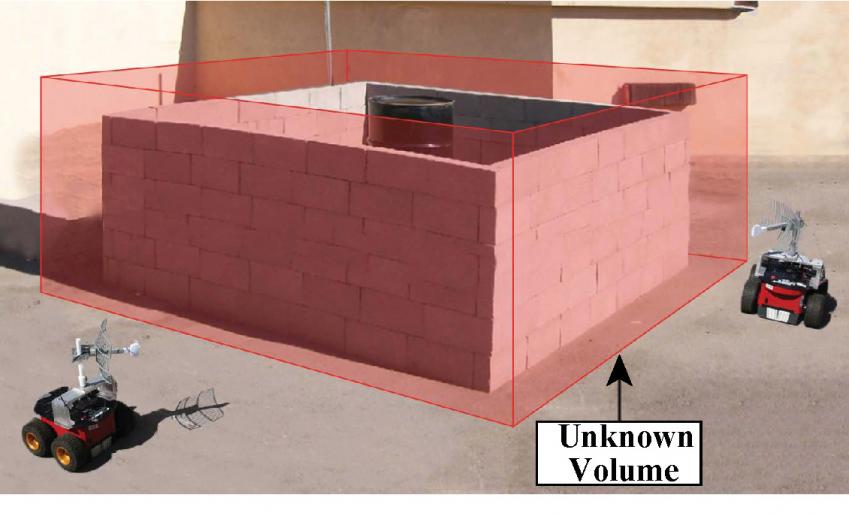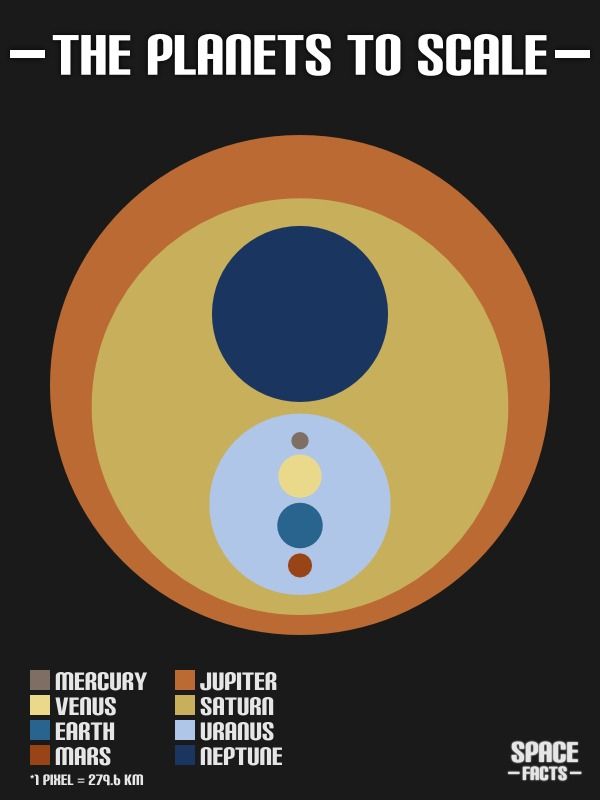When vendors send out announcements of long battery life and juicing strategies for electronic gadgets, interest is assured; the bad news is that interest is assured because consumers are still eagerly looking for less bother and less time needed to keep their smartphones and other mobile gadgets up and running. Intel is aware of the challenge, what with wearables on tap in an assortment of form factors. To be sure, Intel would like to be in the frontlines of technology giants providing the buying public with finer solutions.
“What’s New with Wireless Charging?” Intel asked in July. Intel’s answer, “If you’ve been keeping up with trade shows and tech blogs, you might think that some new breakthrough in wireless energy transfer has taken place in the past year. It hasn’t.” Nikola Tesla worked on wireless power transmission before the turn of the 20th century; his inductive charging techniques would see a renaissance some five decades after his death in 1943, said Intel. That has not stopped technologists, however, from asking what comes next. Today, said Intel, the idea and the technology is gaining momentum.
This week’s news headlines of Intel saying its charging bowl will be available by the end of this year will no doubt interest readers and will please those who saw the bowl earlier this year at the Consumer Electronics show, and kept sending e-mails to Intel asking when it will be ready. Earlier this year, it was clear that Intel was working on a day not too distant in the future when people in PC environments could enjoy docking and charging activities as a wire-free experience. Intel revealed at the Computex trade show in Taipei, via an Intel demonstration by Kirk Skaugen, Intel’s senior vice president and general manager of the PC Client Group, that the chipmaker was in fact working on wireless technologies to help deliver a new normal. Skaugen demonstrated how wireless technology could be integrated into a table that could simultaneously charge a laptop, phone, headset and tablet. In January, the company had really whetted appetites for changes in showing a wireless charging bowl at CES. The bowl looks like the standard bowl one might place on a table at home to hold keys, loose coins, or other items.






